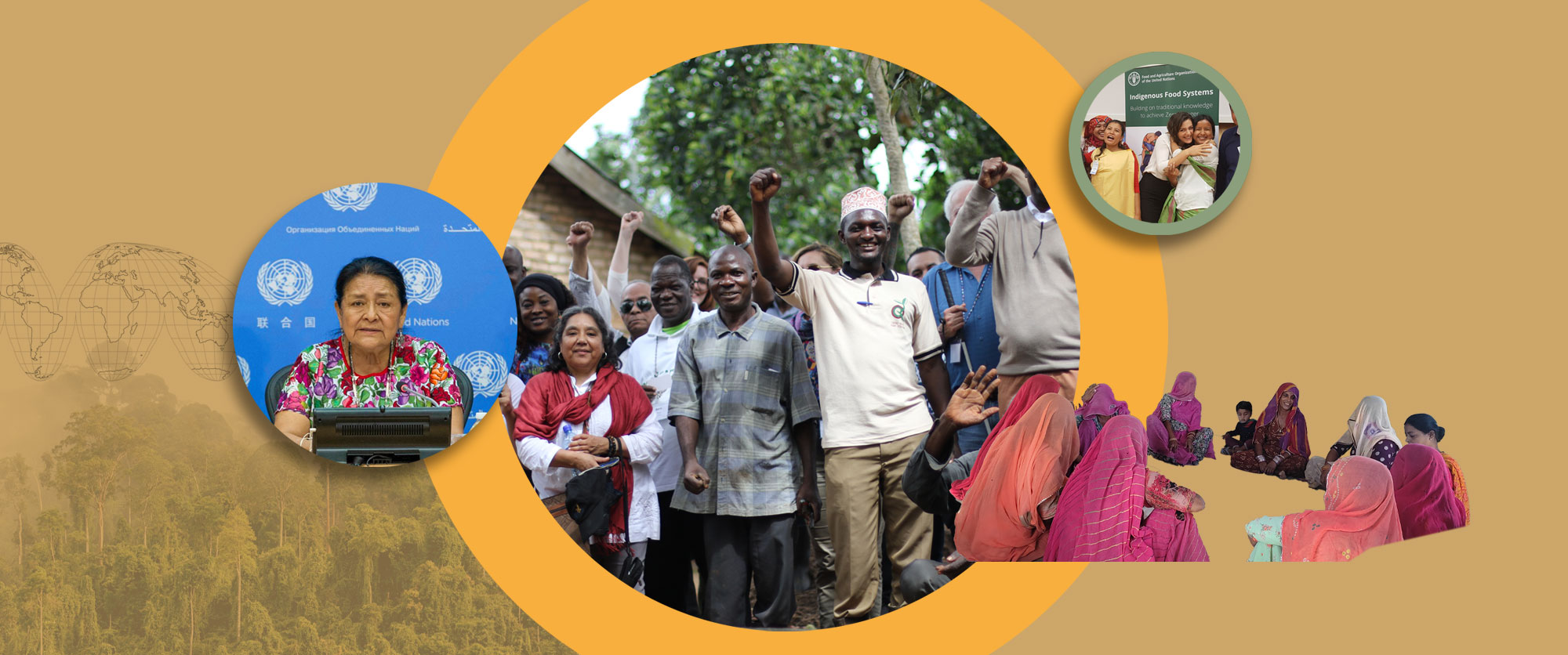We are a force of many and diverse voices, mobilizing resources to build power. The future requires extraordinary collaboration.
Our Shared Vision
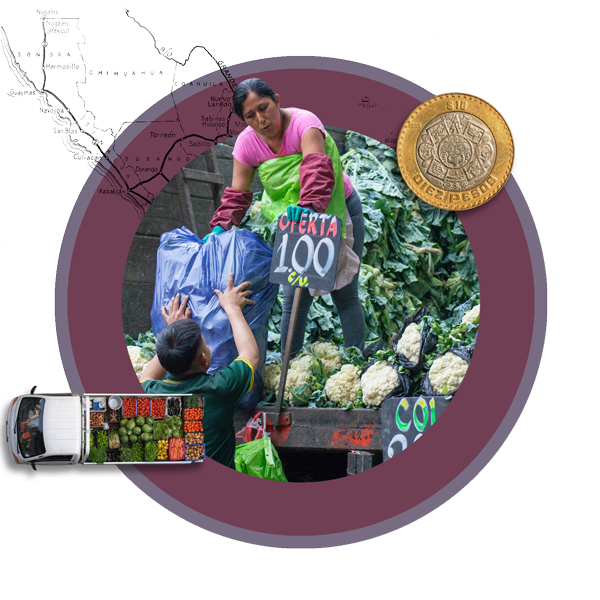
By the year 2050, robust rural and urban communities with thriving economies will offer dignity and livelihoods for all food producers, as well as the ability to adapt to and mitigate environmental change.
Biodiversity and the earth’s ecosystems will be conserved not only in wild areas, but in cultivated areas as well.
Local cuisines will be celebrated, produced by people gleaning knowledge of agroecology from elders and scientists alike and drawing on the creativity of all.
Governments and financial institutions will fully support regenerative and restorative economies and ecosystems as well as rights protections for human beings and nature.
Everyone will have access to healthy, affordable, and diverse foods harvested from fair food systems that are governed locally by both producers and consumers.
Cultural diversity and the role of food producers as stewards of natural resources will be encouraged and respected.
Fair food economies will be good for people and the planet, contributing to halting climate change.
Agroecology will be the model for food systems, while industrial agriculture will be remembered only in history books and museums.
Our Theory of Change
The primary protagonists at the center of the Agroecology Fund’s theory of change are agroecology movements. They organize constituencies, conduct real-time field research, construct new economy food systems and apply political pressure to win agroecology-friendly public policies and programs.
These movements are composed of a diverse groundswell of allied organizations advocating for equitable and sustainable food systems and resisting policies, institutions and vested interests that undermine such systems.
The Agroecology Fund applies its resources to the intersection of these movements, where farmers, consumers, scientists, policy-makers and environmentalists collaborate.
For these localized movements to succeed, collaborations of constituencies must be supported to engage in strategies as diverse and complementary as researching soil carbon sequestration, creating agroecology schools and seed banks, offering new models of agricultural extension, passing local land and water use ordinances, and critically, resisting systematic and intentional barriers to agroecology, such as corporate control of seed systems.
The Agroecology Fund seeks to fortify these multi-sectoral movements around the world.
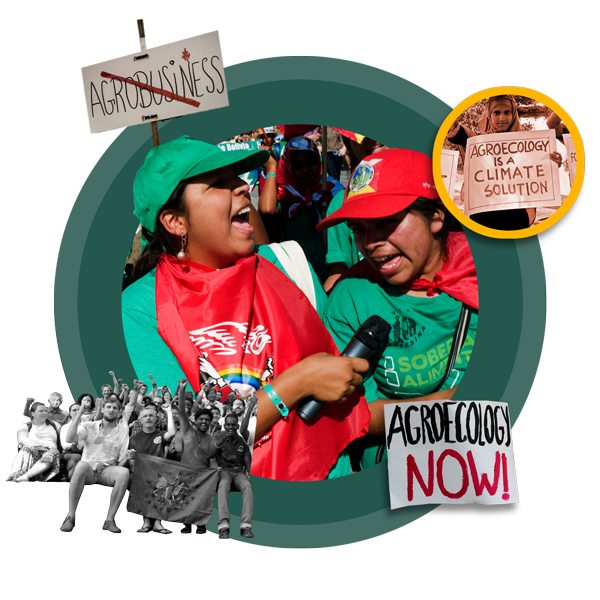
Our Strategic Directions
The purpose of a strategic plan is to question assumptions, learn together, think big and ambitiously, and then make new ideas operational. In 2021 we did just that and came out of those deep conversations with a new four year strategic plan that built on our previous plan that guided us faithfully to this point. As with all of our work, this plan is the result of the active engagement and collective wisdom of hundreds of collaborators from across the world.
Our Five Strategic Directions:
SD 1: Money – Shift and leverage significant financial resources towards agroecology
To grow the global agroecology movement, more resources must be shifted toward agroecology initiatives. The Agroecology Fund sets a goal of doubling its own annual grantmaking dollars in 5 years to both the global fund and regional funds. But we also aim to grow the pool of financial resources for the agroecology movement at large. This strategic direction therefore includes activities to influence funding flows of bilateral and multilateral donor agencies, other private foundations not members of the Agroecology Fund and social impact investors.
SD 2: Policy – Strengthen political and economic systems to enable agroecology to thrive
For local agroecology movements to thrive, government policies that either support new economy food systems, or shift support away from industrial agriculture (for example, by changing subsidy priorities and supporting public procurement of agroecological products), are critical. This strategic direction focuses on support for grassroots collaboratives that advocate for: inclusion of agroecology in national climate change mitigation plans, seed laws that favor biodiversity and farmers’ rights, stable land tenure, accessible credit, and more.
SD 3: Learning – Co-create and share agroecology knowledge and practices
Building and communicating evidence for agroecology and spreading applied knowledge is core to the Agroecology Fund’s mission. Specific goals of this strategic direction include: supporting collaborators from multiple disciplines to learn and experiment with agroecology; analyzing learnings about agroecological amplification across the field and broadly disseminating key lessons; convening grantees, advisors, donors, and allies both virtually and face-to-face to deepen learning.
SD 4: Communication- Influence the global conversation about solutions to global hunger and climate change by amplifying agroecological solutions
Positioning agroecology as a viable solution to global hunger and malnutrition, climate change, and other problems associated with industrial agriculture is critical to encourage farmers, consumers and policymakers to join a growing movement. Specific goals of this strategic direction include: supporting the communications capacity of grantees; amplifying the stories of Agroecology Fund’s grantee partners and allies; placing messages and stories from around the world in strategic media outlets; and becoming a powerful voice in the philanthropy and development communities about the viability of agroecology food systems and the threats posed by industrial agriculture.
SD 5: Institutional Capacity – Ensure an adequate governance system, human resources, infrastructure, and management tools to implement and monitor the strategic plan
The Agroecology Fund has nearly concluded 10 years of operation. During its initial years, the fund exceeded performance goals with limited institutional investments. With an increasing demand for the Agroecology Fund’s services, in the next 5 years, we will analyze organizational needs and acquire resources and capacity to ensure our sustainability and growth. This strategic direction includes actions to improve our governance, strengthen our human resources and management system, and consolidate our Monitoring, Evaluation and Learning system.
Our Guiding Principles
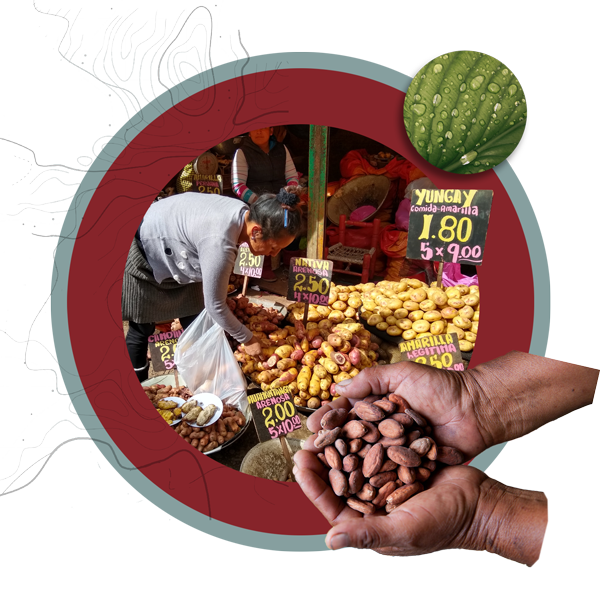
1. Supporting collaborative action among agroecology movement actors to solve overlapping crises of hunger, climate, human rights, biodiversity conservation and poverty.
2. Pooling resources from amongst a community of funders for greater impact, collective learning and directing larger flows of investment into agroecology.
3. Embracing diverse forms of agroecology practice, learning, communication, advocacy, relationship-building and networking between and among the Agroecology Fund, its partners and its allies.
4. Applying a rights-based approach across the Agroecology Fund’s work to defend Indigenous People’s rights, the rights of nature and all human rights.
5. Enhancing trust-based processes in grantmaking and monitoring, evaluation and learning (MEL) processes to deepen reciprocal, solidarity and non-colonialist collaboration.
6. Facilitating diverse and inclusive participation in all Agroecology Fund processes while operating light and efficient organizational systems that maximize the impact of resources deployed to grantees.
7. Upholding the multidimensional and intersectional nature of agroecology (per the 13 principles described by the CFS High Level Panel of Experts), and boldly criticizing false solutions that claim to fix food systems.
How We Do It
The Agroecology Fund’s governance is highly consultative and participatory, involving three core stakeholders: contributing donors; external advisors; and long-term grantee partners who are proactively connected in broad networks of the agroecology movement.
Our Governance and Management Framework provides more details on other consultative bodies, roles and responsibilities of stakeholders and Agroeoclogy Fund’s management. It can be found below.
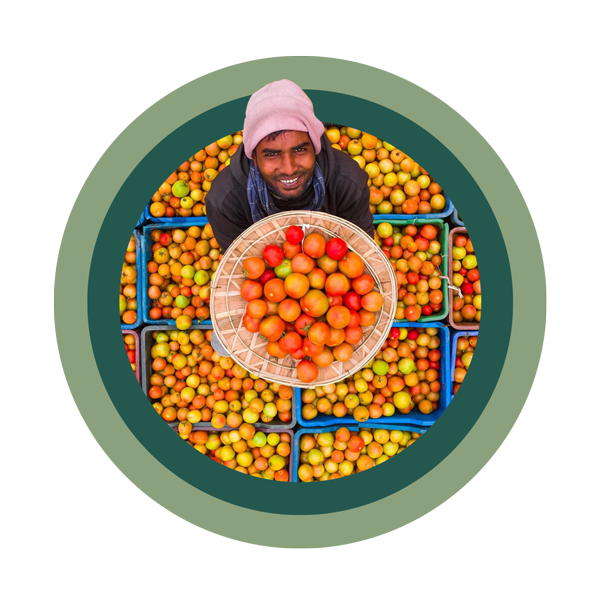
Monitoring, Evaluation, and Learning
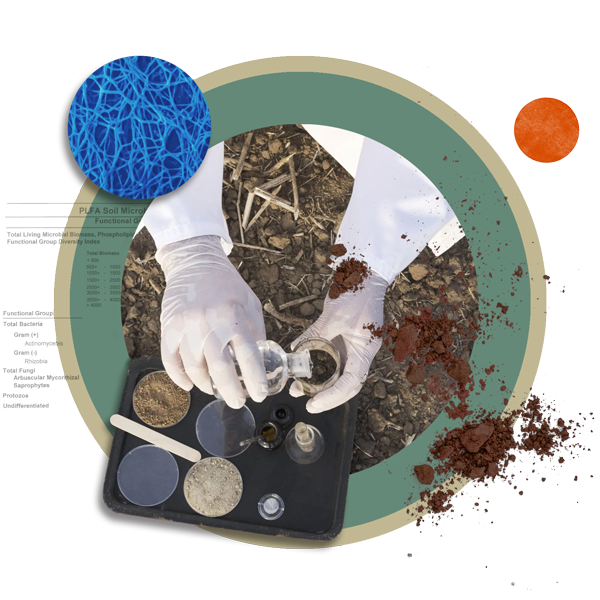
We’re committed to robust monitoring, evaluation and learning (MEL), although not through a donor-imposed framework. We support creative, participatory processes through which grantees are supported to monitor self-identified outcomes and targets as well as aggregate analysis of activities to track progress towards Strategic Plan goals. The objectives of the Agroecology Fund’s MEL system include:
- Track progress of the Agroecology Fund against targets and indicators in our strategic plan
- Support grantees in their own monitoring and learning for continuous improvement in their work
- Strengthen grassroots evidence for agroecology
Some of the tools we apply to our MEL work include:
- Accompaniment throughout grant implementation
- Conversation Circles among grantees
- Learning exchanges among grantees
- Support for grantees’ evidence building
- External evaluation of Agroecology Fund
Grantee Spotlight
Chief Gutu’s community and biocultural diversity management
Increasingly, Indigenous knowledge and cultural diversity are being put under pressure as the process of modernization is reaching every corner of Zimbabwe. Rapid changes are taking place in land use practices, farming methods, healthcare, and the cultural ethos and rituals of Indigenous Peoples.

